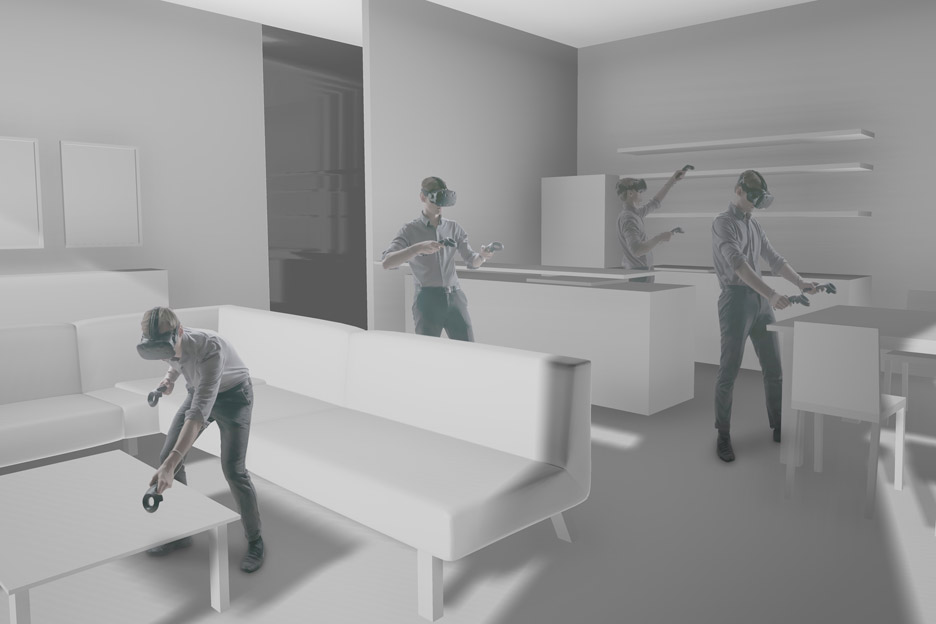
Virtual Design Deliberations: Architectural Realities Unveiled
Step into the future of architectural design as Virtual Reality (VR) takes center stage in revolutionizing the traditional process of design reviews, offering immersive experiences that transcend the limitations of conventional methods.
Transforming Design Reviews: Beyond Blueprints and Models
Virtual reality architectural design reviews mark a paradigm shift, moving beyond traditional blueprints and scale models. Architects and stakeholders are no longer confined to two-dimensional representations; instead, they immerse themselves in a three-dimensional virtual space, providing a holistic understanding of the design. This transformation elevates the design review process, fostering clearer communication and enhancing collaboration among project stakeholders.
Immersive Walkthroughs: Navigating Architectural Spaces
VR introduces immersive walkthroughs that redefine how architects and clients experience architectural designs. Stakeholders can virtually walk through spaces, examining every detail from different angles. This level of immersion not only enhances the perception of scale and proportion but also allows for real-time adjustments, ensuring that the envisioned design aligns seamlessly with the intended user experience.
Realistic Material and Lighting Simulations: Crafting Atmospheres
Architectural design reviews in VR incorporate realistic material and lighting simulations. Architects can experiment with various materials and lighting scenarios, observing how natural light interacts with surfaces and textures. This dynamic simulation enables informed decisions about material selection, contributing to the creation of environments with desired atmospheres and aesthetics.
Collaborative Design Discussions in Virtual Spaces
VR facilitates collaborative design discussions in virtual spaces, transcending geographical constraints. Architects and stakeholders, regardless of their physical locations, can gather in a shared virtual environment. This collaborative setting promotes real-time discussions, idea exchange, and decision-making, fostering a sense of shared ownership in the design process.
User-Centric Design Validation: Enhancing User Experience
Architects can validate designs from a user-centric perspective in VR. By placing users within virtual spaces, architects gain valuable insights into how occupants will interact with the environment. This user-centric approach allows for iterative design improvements, ensuring that the final architectural outcome prioritizes functionality, comfort, and overall user experience.
Solving Spatial Challenges: Identifying Design Flaws
Virtual reality architectural design reviews excel at identifying spatial challenges that may go unnoticed in traditional reviews. Architects can detect design flaws related to circulation, spatial flow, and accessibility. This proactive approach to problem-solving during the design phase minimizes the need for costly revisions later in the construction process.
Interactive Design Modification: Real-Time Adjustments
VR empowers architects to make real-time design adjustments during reviews. Whether it’s modifying the layout, adjusting proportions, or experimenting with alternative design elements, architects can iteratively refine the design while stakeholders actively participate. This interactive process streamlines decision-making and accelerates the design evolution.
Streamlining Client Communication: Bridging the Gap
Virtual reality design reviews bridge the communication gap between architects and clients. Clients, often non-experts in architectural language, can now comprehend designs more intuitively. VR allows architects to visually communicate design concepts, enabling clients to provide meaningful feedback and ensuring that the final design aligns with their vision and expectations.
Embark on the Architectural Journey with Virtual Reality Architectural Design Reviews
Explore the architectural frontier at www.misuperweb.net. Virtual reality architectural design reviews are not merely a technological advancement; they represent a transformative journey in design collaboration and decision-making. Dive into immersive experiences, redefine spatial possibilities, and witness the unveiling of architectural realities in ways previously unimaginable.
